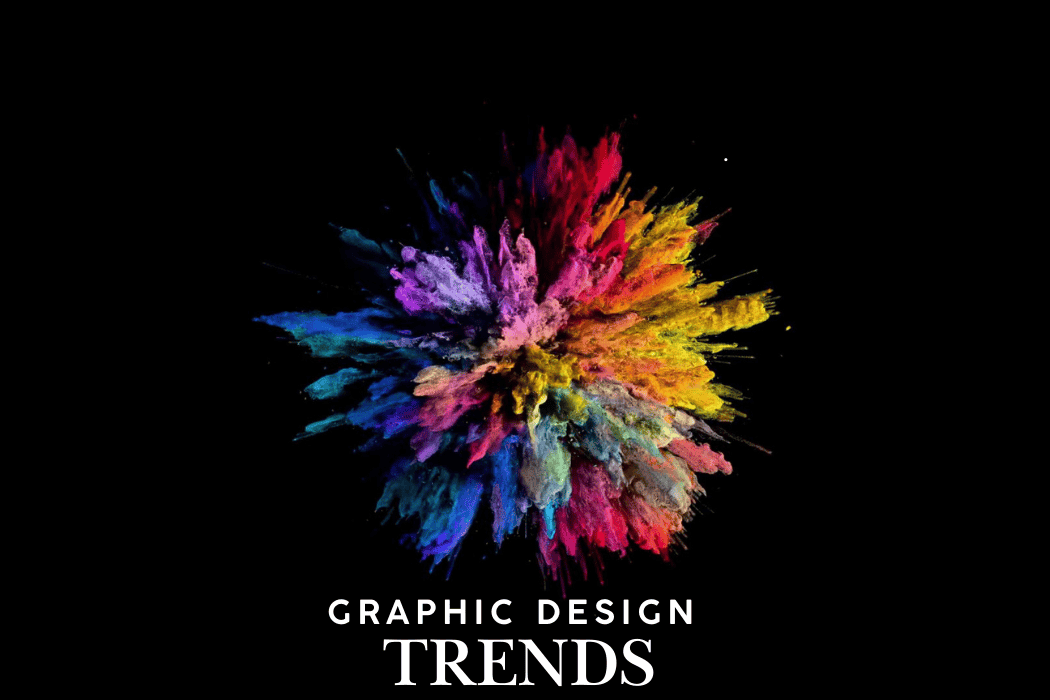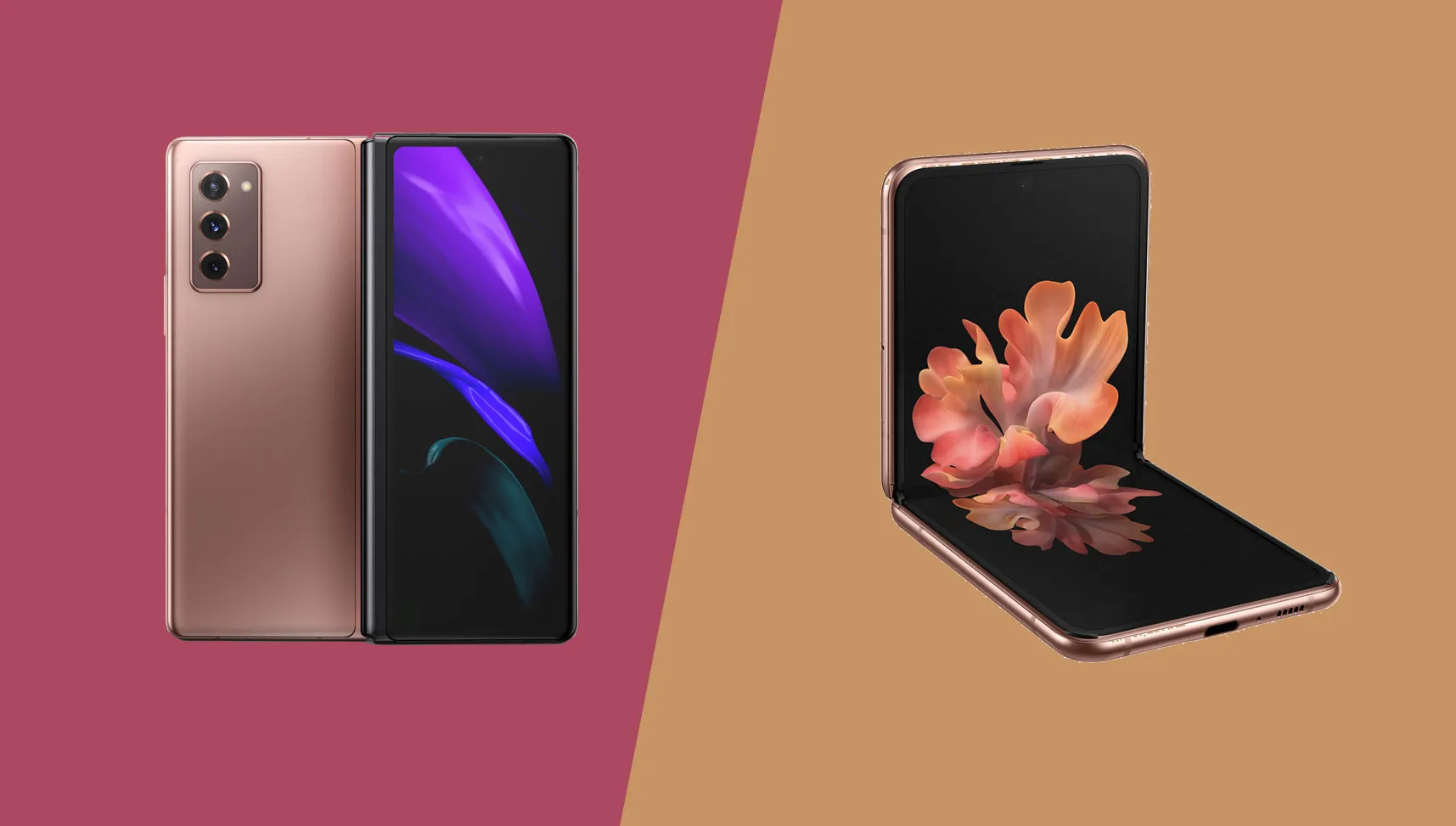From hand-drawn and cartoon-style elements to imaginative applications of artificial intelligence, the year ahead is likely to see wildly varied and constantly evolving trends across graphic design.
With tech advancing at warp speed; the climate crisis and global turmoil leaving the future feeling uncertain; and concerns in creativity ranging from uniformity and mimicry to economic challenges, great design will need to be innovative, evocative and bold, with clear signs of a human touch.
Here, in no particular order, designers, creative directors and other industry experts offer insights and identify key trends for 2024. For more on trends to come, see our illustration trends roundup.
Table of Contents
AI-Enhanced Design Methods:
AI-Enhanced Design Methods: Graphic designers are experiencing a paradigm shift as a result of AI advancements, which are providing them with new resources to fully express their creativity. AI-driven design tools are revolutionising the industry. Programmes like Adobe Sensei and Canva’s Design AI are making designers’ lives easier by automating mundane activities, providing personalised design recommendations, and boosting productivity. Artificial intelligence (AI) is revolutionising the design process by suggesting clever layouts and automatically enhancing images, freeing up designers to concentrate on brainstorming and experimenting. We may anticipate even more ground-breaking uses of AI that expand the bounds of possibility in graphic design as the technology develops further.
Retro Pixels
Graphic designers are giving a nod to the past by incorporating vintage pixels into their work, which evokes feelings of nostalgia and the look of early digital graphics. As more and more designers appreciate the appealing simplicity and vintage appeal of pixel art, it is seeing a renaissance in popularity. Pixel art is evocative of old video games and early computer graphics. To create a sense of nostalgia and whimsicality, designers are infusing vintage pixels into their creations, whether it’s pixelated graphics or pixel art animations. This style movement is a glorification of the pixel, an element with infinite potential and timeless allure in the digital era. Whether it’s for a game, a logo, or a website, using vintage pixels brings a sense of fun and nostalgia to any project, appealing to viewers of all ages.
Inclusive Visuals
As artists work to depict the diverse human experience visually, issues of inclusion and diversity have emerged as key concerns in modern graphic design. Beyond mere depiction, inclusive images aim to honour the rich variety of human experiences, identities, and viewpoints. Designers are increasingly incorporating inclusion as a fundamental idea into their work, from using varied stock photos to creating inclusive branding and marketing strategies. Diverse people, ethnicities, and stories allow designers to make more genuine and relevant images, which in turn makes them more impactful. As a result of this movement, designers are being given greater agency to produce visually compelling representations of the world we live in, which is a direct result of the increased focus on diversity and inclusion in the field.
Experimental Typography
Designers are stepping outside the box of conventional typefaces to produce visually striking and emotionally charged works of art, a trend known as experimental typography. The goal of experimental typography is to find fresh and interesting methods to express ideas through typefaces, styles, and layouts. Typographic images and kinetic typography animations are examples of how designers are exploring type as an art form, defying norms and expectations. Designers may now express feelings, set moods, and grab attention with creative typographic treatments, thanks to this trend’s embracing of playful type. Designers in the year 2024 are using typography in a variety of ways, including experimental layouts, mixed-media typography, and bespoke lettering, to tell stories and communicate visually.
Scrapbooking
Graphic designers are finding new inspiration in the tactile and nostalgic charm of handcrafted collage art, which is bringing about a renaissance in the art of scrapbooking. Layering, texturing, and mixed-media collage are scrapbooking methods that are finding their way into digital creations to give them more personality, depth, and richness. Digital scrapbook pages, collage-type branding and marketing materials, and other creative works are taking cues from the diverse and whimsical style of scrapbooking, which is known for its visually appealing compositions. The diverse combination of images, textures, and typography that characterises handcrafted collage art is being praised by this movement, which honours its flawed beauty. Scrapbooking is a fun and nostalgic way for designers to add a personal touch to their work, and it also gives viewers a chance to go deeper into the visual story.
Heatmapping
Graphic designers are finding heatmapping to be an invaluable tool for understanding user behaviour and interaction patterns, which in turn helps with design decisions. By monitoring clicks, scrolling, and mouse movements on digital interfaces, heatmaps show how people engage with an interface, giving designers vital data for improving their designs. Heatmaps help designers find user preferences, pain spots, and areas of interest in their designs. This information helps them improve the usability and engagement of their layouts, navigation, and content placement. The significance of data-driven design decisions is being brought to light by this trend. This allows designers to better understand their target audience’s wants and expectations and develop experiences that are more intuitive and user-friendly. Heatmapping allows designers to understand user behaviour and preferences, which leads to more aesthetically pleasing, practical, and user-centric designs.
Maximalism
Contrasting with the minimalist style that has been popular in previous years, maximalism is embracing richness, eclecticism, and extravagance in 2024, making a dramatic statement in the world of design. Maximalist designs are defined by an eclectic combination of components, vivid colours, and elaborate patterns and textures. Maximalism lauds the aesthetic value of lavishness and extravagance in design through the use of colourful imagery, extravagant typography, and complex compositions. Embracing the depth and complexity of visual narrative, this style pushes designers to explore new limits of creativity and self-expression. The audacity and excess of maximalist designs capture the eye and stir up emotions when used to branding, website design, or magazine layouts. The use of maximalist principles allows designers to produce striking visuals that captivate viewers and stay with them long after they’ve left.
High Contrast and Bold Typography
Bold typeface and high contrast are quickly becoming the norm in graphic design, drawing in viewers with their eye-catching visual effect. This design style is all on using heavy letterforms and striking contrasts to make a statement. High contrast and forceful typography, whether in the form of contrasting colours or large, assertive letters, communicate something about the author’s personality and self-assurance. We may anticipate seeing these components utilised to construct strong visual stories that make an impression on viewers as designers delve further into the expressive possibilities of typography.
Accessible Color Combination
The use of accessible colour schemes is on the rise in graphic design as a means to promote accessibility and usability for all demographics. To make sure that designs are accessible and navigable for people with disabilities or visual impairments, this trend is centred around choosing colour palettes that fulfil accessibility criteria. Designers may make material more accessible to more people by choosing high-contrast colour schemes to boost reading and legibility. Colour schemes that are accessible make an effort to be clear and easy to comprehend so that everyone may participate and grasp the meaning of the design. We can anticipate a greater focus on accessible colour choices that prioritise user experience and guarantee that no one is left behind as inclusion remains a driving factor in design.
Nature-inspired Aesthetics
Taking cues from the rich variety and breathtaking scenery seen in nature, nature-inspired designs are all the rage in the world of graphic design. This style injects designs with life and harmony via the use of organic forms, earthy tones, and floral elements. Natural textures, sceneries, flowers, and leaves help designers achieve their goals of tranquilly, connection, and authenticity. Aesthetics influenced by nature serve to raise consciousness about environmental issues while also honouring the natural world for its intrinsic beauty. via environmentally conscious branding and immersive digital experiences, this trend encourages a greater respect for nature via the creation of aesthetically stunning designs that deeply touch viewers. More creative and emotionally charged takes on nature-inspired designs are likely in the horizon as our interdependence with the natural world continues to shape fashion trends.






